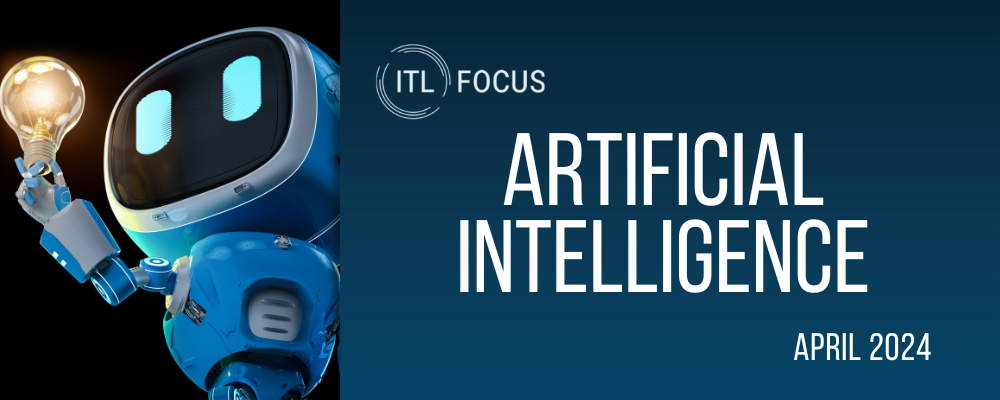|
We seem to be in a moment where we're taking a deep breath on generative AI and large language models like ChatGPT. The enthusiasm over the past year and a half has been extraordinary, and we can all see how AI will at least improve productivity and perhaps make more revolutionary changes in insurance. But we haven't seen any killer apps like the electronic spreadsheet that sold so many Apple II's in the late 1970s and 1980s and launched the personal computer revolution. And we're waiting.
We're not in what Gartner would call the Trough of Disillusionment on their Technology Hype Cycle. But we are in a Trough of Where Do We Go From Here?
When in doubt on breakthrough ideas, I often turn to my friend John Sviokla, whom I've had the pleasure of working with for more than a quarter-century. After years of teaching at Harvard Business School, John in the late 1990s became vice chairman of Diamond Management and Technology Consultants, where I was a partner. He stayed on after PwC bought Diamond in 2010 and was a leader in the strategy and innovation practice, before becoming the marketing lead in the U.S. A year ago, he and some colleagues formed GAI Insights to help companies think about the implications of generative AI and about how to begin implementing it, with insurance as a major focus. They have leaned in to their connections with Harvard, publishing two recent articles in Harvard Business Review; John and one of his colleagues have also become executive fellows at the business school.
At Diamond, we joked that we needed to assign a young associate to just follow John around with a grocery sack and collect all the ideas he spun off every day and didn't have the time to follow through on. So, while John and his colleagues are delving into many ideas and developing them deeply, I thought I'd get out a shopping bag and ask John to toss out some ideas about the future of generative AI.
He began with some impressive examples I haven't seen elsewhere of how generative AI is already driving major improvements, not just being tested as part of a proof of concept. For instance, he said, for the past year Jerry has been "using generative AI to handle customer service via chatbots and text. They went from just over 50% of people getting responded to within a day to 100%. Most now get a response within 30 seconds. They've gone from 100% of issues going to a human being to 89% going to the robot—and the 11% that remain with humans get there faster for obvious reasons.... They can grow this business without having to grow the customer service function. ROI is about $4 million a year."
He said we've just started to tap the potential of generative AI, partly because of its ability to handle unstructured data. It doesn't just look at data that's perfectly formatted and keyed into traditional insurance data bases; it can draw information from paper or PDFs, from video, from audio, from social media and so on and summarize it in ways that fit into the workflows of agents, underwriters and claims professionals.
"We’ve had 120 years of automation of the physical world, 67 years of automation on structured data and 18 months of automation of unstructured data," John said. "There’s lots of opportunity."
He also laid out some thoughts about how to get started, based on where he sees the low-hanging fruit and on a learning model based on the Quality movement.
I suspect you'll find the conversation as interesting as I did.
Because I subscribe to Amara's law, which says technology breakthroughs are overstated in the short term and understated in the long term, I'll also point you to some reports that suggest we're getting ahead of ourselves.
A survey of Fortune 1000 IT leaders found that 98% had paused generative AI projects because of concerns about security. Another report finds that "adoption is being slowed, primarily by fears around the security and privacy of the technologies (40%), regulation issues (37%) and the skills gap to implement the technologies in house (36%)."
But even those reports suggest the problems are temporary and the long-term opportunities are bountiful.
So I'm still Team Sviokla at this point.
Cheers,
Paul
|





















